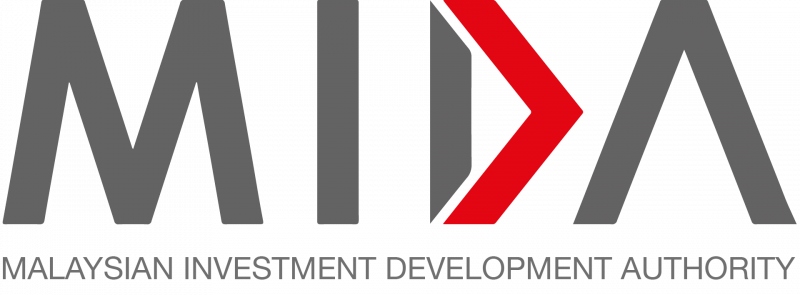Asian Development Bank (ADB) urges policymakers in Southeast Asia to use green and innovative financing approaches to help catalyse the estimated US$3.1 trillion (US$1=RM4.15) investments required for climate-adjusted infrastructure in the region by 2030.
In its newly-launched book titled Green Finance Strategies for Post-COVID-19 Economic Recovery in Southeast Asia, ADB said the investments from both public and private sources will be critical to the region’s economic recovery from the COVID-19 pandemic.
“Green finance refers to all financing instruments, investments and mechanisms that contribute to climate and environmental sustainability goals. It aims to reduce greenhouse gas emissions, boost climate resilience and improve environmental protection such as air and water quality, ecosystems and biodiversity,” it explained in a statement.
The book explores innovative, environmentally sustainable and climate-resilient financing instruments such as green and transitions bonds for COVID-19 recovery, blue credits for oceans financing, and green securitisation, while also providing examples of ADB-supported green initiatives.
“While some countries have embarked on green projects and bonds, much more needs to be done to help Southeast Asia’s economies meet their large financing needs and accelerate economic recoveries in a sustainable manner,” ADB said.
Its book recommends governments to use green finance catalytic approaches to build upon national green targets and programmes and steer away from fossil fuel or carbon-intensive investments.
With a growing green finance market in developing Asia, the bank committed US$6.5 billion in climate finance from its own resources in 2019
It aims to reach a cumulative US$80 billion from 2019 to 2030 in climate financing under its Strategy 2030 with a commitment to make 75% of all ADB projects climate relevant by 2030.
Meanwhile, vice-president Ahmed M Saeed said a green recovery for Southeast Asia was needed to encourage long-term, sustainable job creation in the region with more than 650 million people.
“It will boost equitable growth, protect the environment, and help governments meet the Paris climate agreement targets. This timely book shows how green finance can spur growth in the region and overcome the challenges of climate change and a global pandemic,” he said in a statement today.
Source: Bernama
ADB recommends green finance for Southeast Asia’s economic recovery
Content Type:
Duration:


